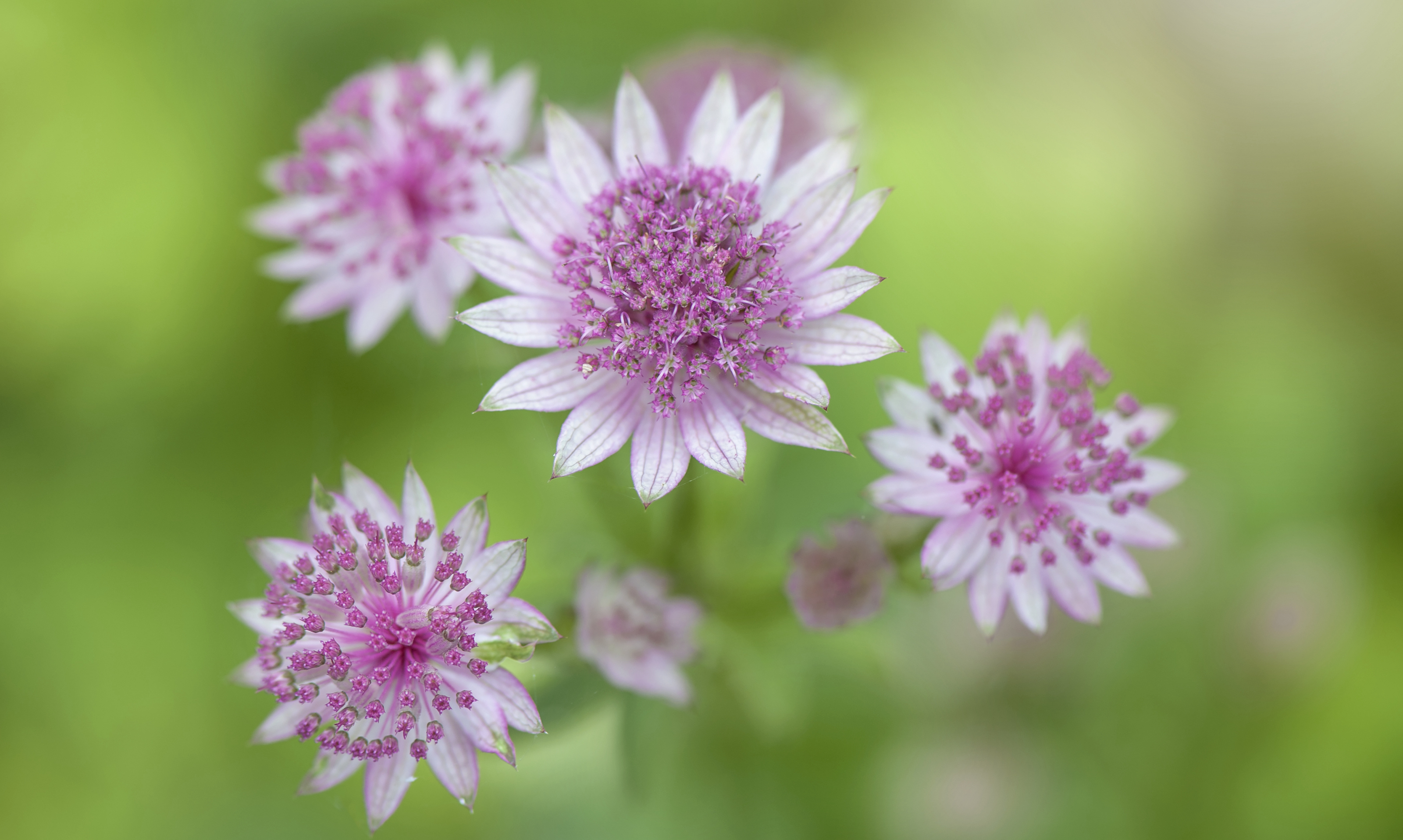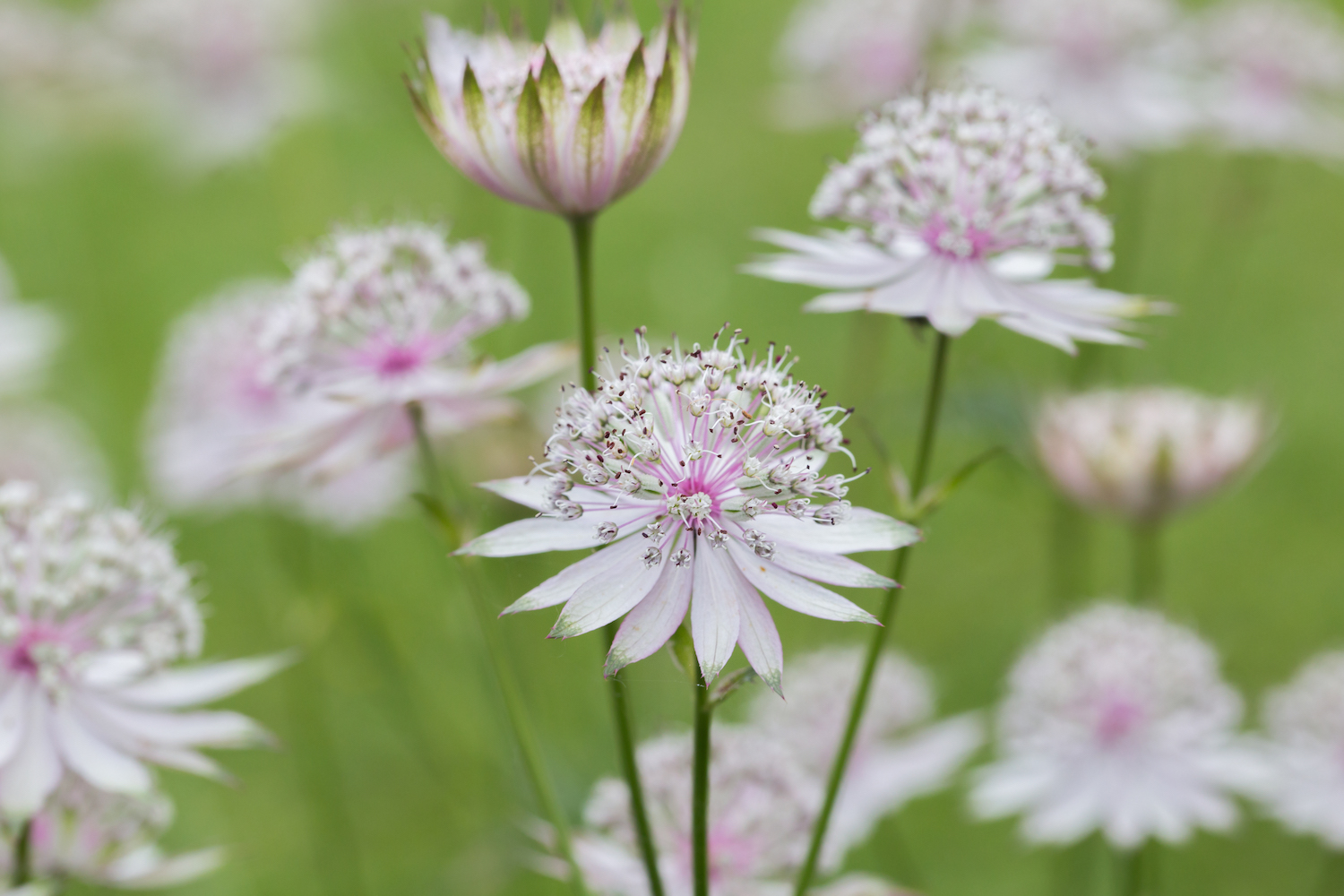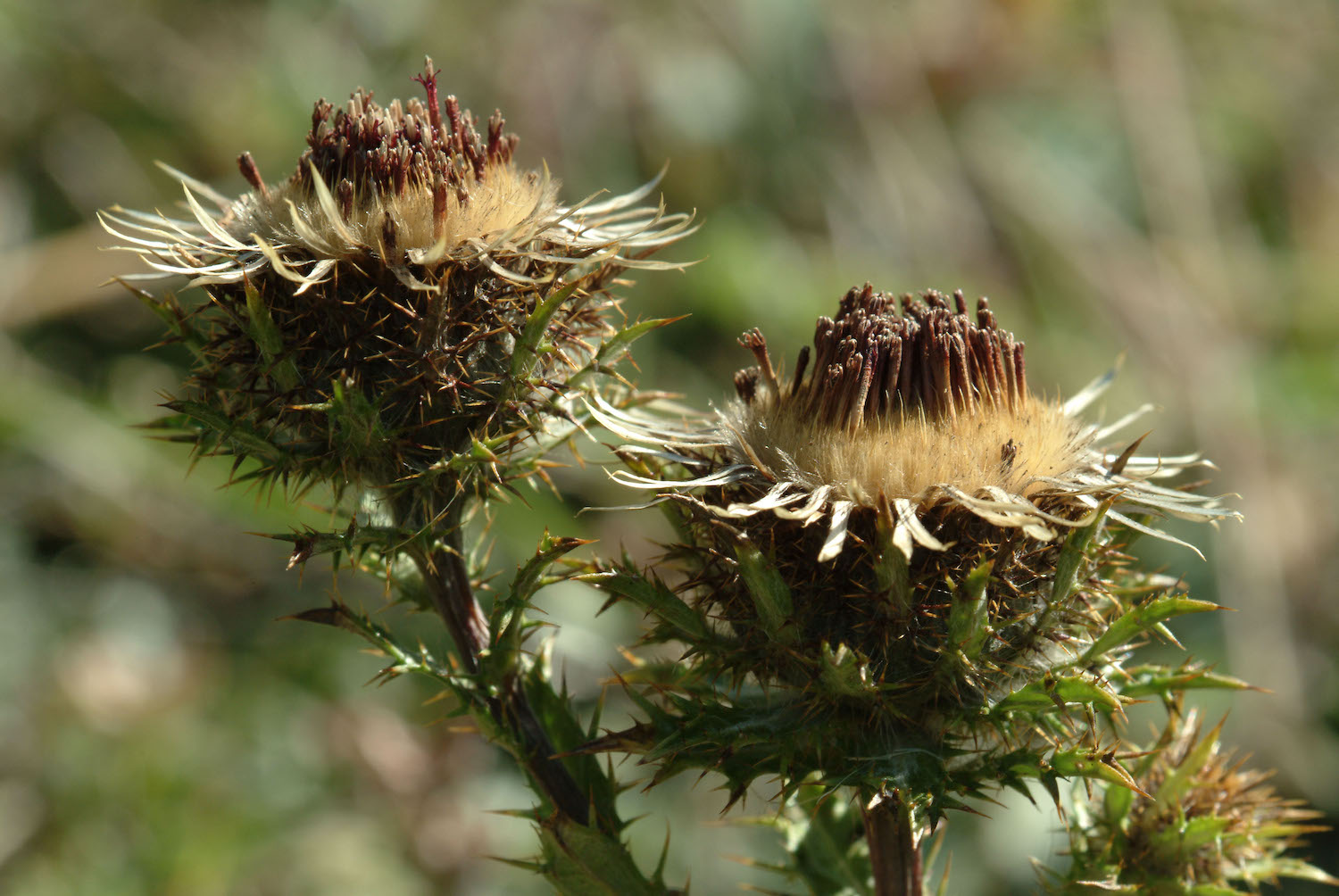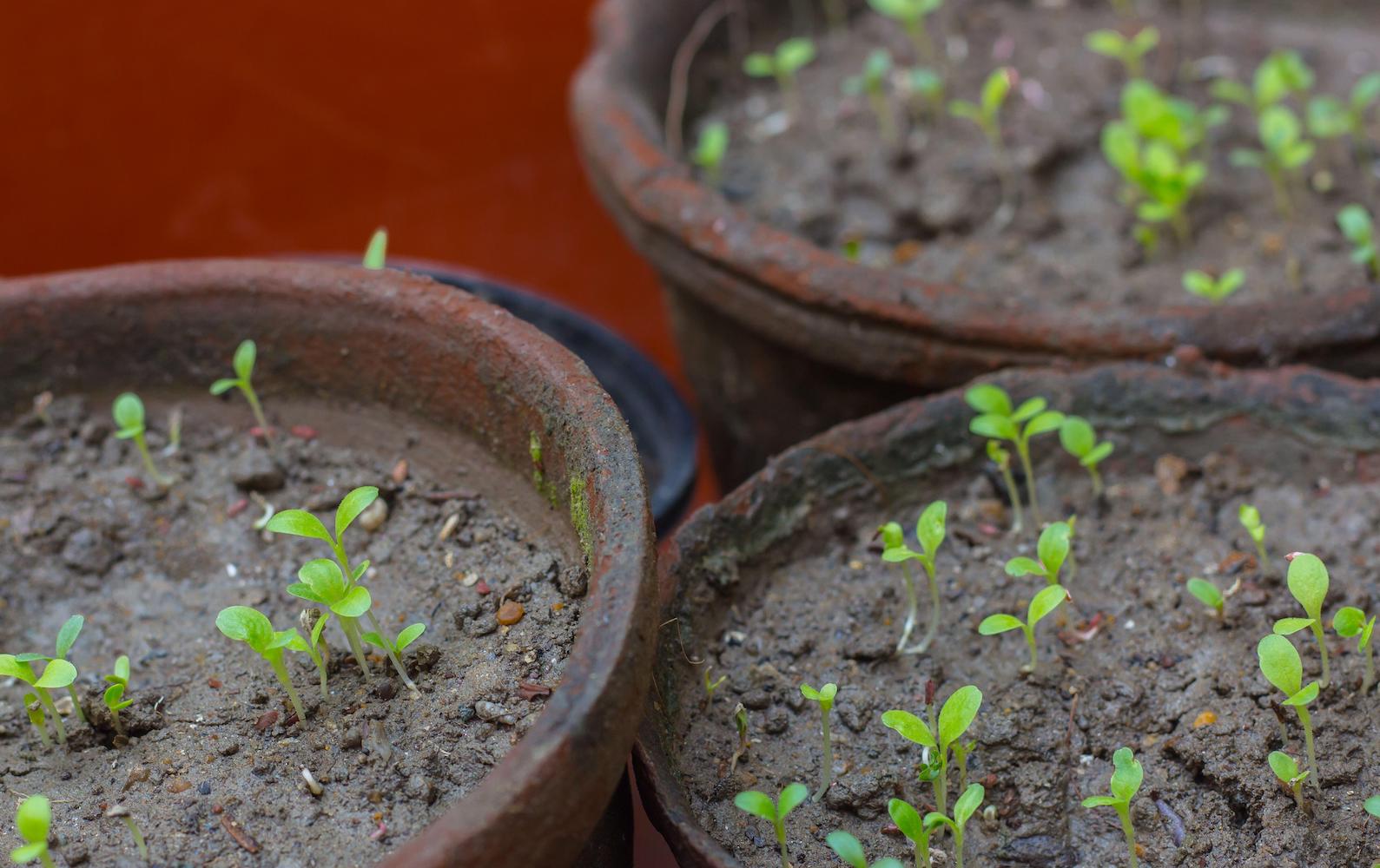How to collect seeds from Astrantia – start them now, and fill your garden with 'free' flowers next spring
Don't miss out - there's still time to gather seeds from these pretty perennials before they disperse

Many flowering plants, such as astrantia, self-seed, which means mother nature takes care of their dispersal and you don't have to worry about re-planting for next year. This is great if you want your perennials to appear in the same place or you don't mind if stray flowers turn up, in other parts of your yard.
However, if you like to know where your Astrantia (aka masterwort) will grow, it's good to gather the seeds. This way you can germinate the seeds and sow them in a particular spot in a modern garden, swap them or give them away.
'If you want to control where new plants appear, it's worth collecting the seeds before they disperse,' says Pennsylvania-based Pamela Hubbard, founder of Garden Coach. 'Collecting seeds saves money; I started a 'free' cutting garden with seeds that I obtained from my flowers and those of my friends. Collected seeds make good gifts for gardening friends too,' Pamela adds.
1. Check your plants when they start to fade

There's still time to gather seeds from astrantia and other pretty perennials, but you'll need to be quick if you want to catch them before they disperse.
'The best time to collect astrantia seeds is August to September, when the flowers begin to fade at the season's end,' Pamela Hubbard says. 'Whatever zone you live in, check the plants often, and when you see the seeds start to fall onto the flower bracts below, it's time to save them.'
'Other flowers that are easy to collect seeds from are calendula, columbine, foxglove, globe amaranth, marigolds, morning glories, nasturtiums, nigella, and zinnias,' Pamela adds.
2. Choose a dry day

It's best to save seeds when the weather is fair, as they have more chance of germinating or lasting until you want to plant them.
The Livingetc newsletters are your inside source for what’s shaping interiors now - and what’s next. Discover trend forecasts, smart style ideas, and curated shopping inspiration that brings design to life. Subscribe today and stay ahead of the curve.
'The seeds should be dry when you collect them, so wait for dry weather and collect them in the late morning,' says Pamela. 'If the seeds are moist or wet, they are not good. The seeds should be a uniform color (not disease mottled.) They should not be moldy or shriveled either.
'The seeds of most plants can be tested for viability before you use them in the spring by sprinkling some on a damp paper towel, putting the towel flat in a plastic baggie, and placing it in a warm spot. They will begin to sprout if viable in about two to three weeks.'
3. Label envelopes
Collecting seeds isn't difficult, but it pays to be organized, so find a paper envelope or two, and a pen to make notes. Otherwise, you'll have no idea what seeds will produce which flower come spring.
'The simplest method of collecting astrantia seeds is to label an envelope with the plant details and the date,' says Pamela. 'Then when in your garden, shake several flower heads, one at a time, over the open envelope to allow the seeds to fall into the packet. Then seal the envelope.' These labeled seed packets from Amazon might help you out.
'I place the labeled envelopes with all my seeds in an airtight container with a few packets of dried silica gel and store them in a refrigerator at 5°C (41°F).' If you've figured out how to organize a fridge, you should be able to find space for them.
4. Store or sow the seeds

The astrantia seeds will need to germinate in pots into seedlings before planting them in your yard. However, there are a couple of options on how to do this.
'Astrantia seeds need to be cold-stratified for two to three months to germinate,' says Pamela. 'One way to do this is to sow them into pots in late fall and leave them outside through winter for spring germination.
'I prefer to store the seeds in the refrigerator from September through November, then start them indoors about six months before transplanting them outdoors after the last frost, as they take a long time to germinate.'
Jacky Parker is a freelance lifestyle journalist and writer, producing a wide range of features for magazines and digital platforms. She has written for Livingetc and its sister titles, Homes & Gardens and Country Homes & Interiors for more than 15 years, both as a freelance contributor and as Acting Digital Editor and Acting Style Content Editor, regularly reporting on the latest interiors, gardens and wellness inspiration, speaking to experts in their respective fields, and discovering the best tips.
Jacky has also written for other publications, including Sunday Times Style, The Telegraph, Architectural Digest, House Beautiful, ELLE Decoration, Red, Grand Designs and more.